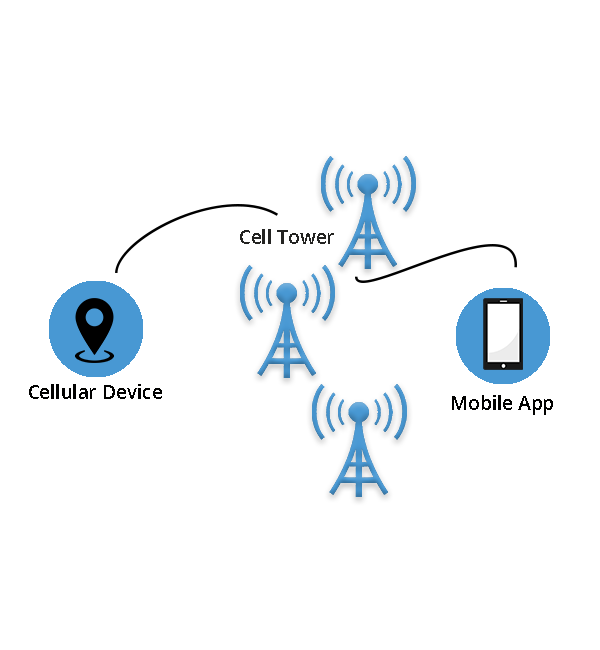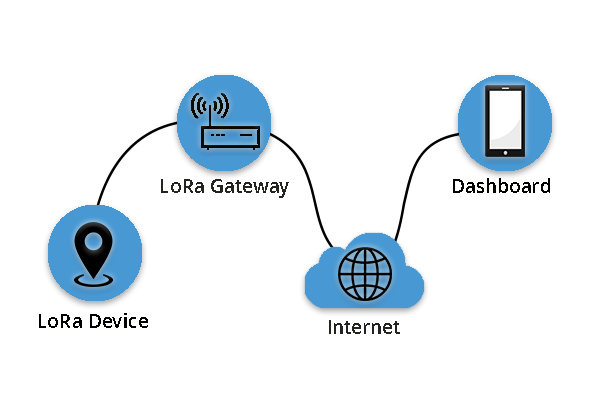IoT Technology
What is Smart Technology?
Smart technology is often used as a term to identify the capabilities of certain electronic devices and to differentiate against their non-intelligent equivalents. Several terms exist that may fall under the umbrella term of smart technology, including smart device, connected device and IoT device. Yogesh Malik differentiates these three terms by their degree of automation, ability to be remotely controlled and degree of integrated software with the device.
The term ‘Smart’ stands for “Self-Monitoring Analysis and Reporting Technology” (see here), although it is more commonly interpreted as ‘intelligent’ or ‘clever’ when used to describe a device that connects with internet networks. Smart technology can be used to describe interconnected devices that perform pre-programmed functions in an autonomous (or semi-autonomous) manner. In simpler terms, a smart device is one that can be programmed for a specific use and may or may not need internet connectivity to function. Smart devices are equipped with sensors that gather data which can be analyzed, communicated between other smart devices, and used to draw conclusions from preprogrammed rules. The devices then act in agreement to carry out interactions and activities for some specific use. A smart connected device is one that is remotely controlled or monitored via a network protocol such as LoRa, BlueTooth, Wi-Fi, LTE, etc. An IoT device is a software defined product that will have a hardware component, an application, and use analytics and network connectivity to operate.


What is the Internet of Things (IoT)?
The Internet of Things (IoT) is the concept of taking common objects and connecting them to the internet. It is a system that links “things”, embedded with computing technology, for the purpose of connecting and exchanging data without requiring human interaction. The opportunities for connectivity of “things” within this network are endless and can range from common everyday items like fridges and cars to industrial manufacturing machinery or smart city traffic lights. Out team is using IoT to solve business problems related to cold chain temperature monitoring, property monitoring and GPS tracking. There are currently an estimated 35 billion connected IoT devices today and experts are forecasting that number to grow to 75 billion by the year 2025.
What is LoRa?
LoRaWAN (long-range, wide-area network) is a connectivity protocol being utilized world-wide to connect devices to the internet. LoRa (short for long range) enables low-powered ‘things’, to communicate with applications over long-range wireless connections. It can be visualized in a similar way to a Wi-Fi or Bluetooth connection, however LoRa requires much less power, offers a far greater connection range, and only sends small amounts of data between connection points.

Features & Benefits

Long Range
The range of connectivity can vary between 2 km in an urban area and up to 30 km in a rural area

Low Power
LoRa devices only use a fractional amount of battery power to generate and transmit data enabling them to hold a battery life up to 10 years.

Secure
LoRaWAN uses a 2-layer security protocol: one for the network and one for the application, featuring 128-bit AES end-to-end encryption.

Cost Efficient
Extremely low operating costs, minimal battery replacement costs and low-cost infrastructure investment.

Geographically Available
There are more than 170 LoRaWAN network operators spread across 177 countries worldwide! RCI can set your business up with its own private network, or work with one of our network partners such as SasktTel to provide coverage where needed.

Capacity
LoRa is a LPWAN (Low-Power Wide Area Network) and provides the capability for many simultaneous transmissions over great distances. This protocol is suitable for extremely small data packets including sensor data of GPS coordinates, alarms, triggers, and other monitoring functions.

Easy Deployment
Our solutions are delivered pre-configured. Simply plug in the gateway, turn on and set the devices, and familiarize yourself with our online dashboard.
LoRa vs Cellular
RCI offers solutions on both cellular and LoRa networks. While LoRa is operational in over 170 countries worldwide, it is an emerging network in North America and available only through a handful of operators, including Rivercity Innovations.
Cellular Network
Communicates through cell towers or base stations.
Cellular network is well established in most populated areas worldwide
Ability to send and receive large data messages, suitable for video and audio
Typical coverage range up to 1km in urban areas and 10km in rural areas.
Poor battery life.
Expensive data fees compared to LoRa

LoRa Network
Communicates through small 4"x6" gateways, like your typical WiFi router.
LoRa is a new and emerging communications network
Excellent for temperature, humidity, and GPS data due to it's design
Typical coverage range up to 500 meters indoors, 2km in urban areas and 40km in rural areas.
Low power usage extends battery life of device up to 10 years.
Very low data fees


